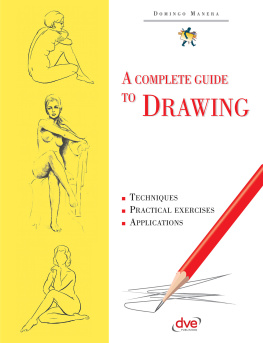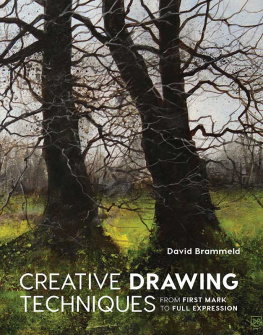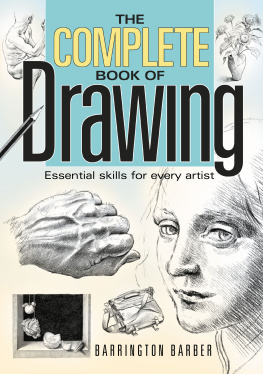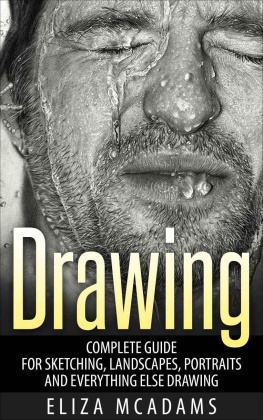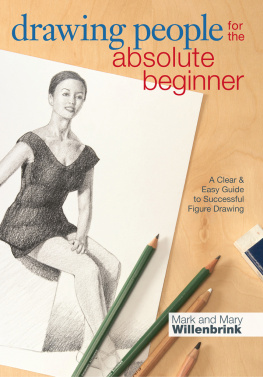Domingo Manera - A Complete Guide to Drawing
Here you can read online Domingo Manera - A Complete Guide to Drawing full text of the book (entire story) in english for free. Download pdf and epub, get meaning, cover and reviews about this ebook. year: 2019, publisher: Confidential Concepts, Inc., genre: Romance novel. Description of the work, (preface) as well as reviews are available. Best literature library LitArk.com created for fans of good reading and offers a wide selection of genres:
Romance novel
Science fiction
Adventure
Detective
Science
History
Home and family
Prose
Art
Politics
Computer
Non-fiction
Religion
Business
Children
Humor
Choose a favorite category and find really read worthwhile books. Enjoy immersion in the world of imagination, feel the emotions of the characters or learn something new for yourself, make an fascinating discovery.
- Book:A Complete Guide to Drawing
- Author:
- Publisher:Confidential Concepts, Inc.
- Genre:
- Year:2019
- Rating:3 / 5
- Favourites:Add to favourites
- Your mark:
- 60
- 1
- 2
- 3
- 4
- 5
A Complete Guide to Drawing: summary, description and annotation
We offer to read an annotation, description, summary or preface (depends on what the author of the book "A Complete Guide to Drawing" wrote himself). If you haven't found the necessary information about the book — write in the comments, we will try to find it.
A Complete Guide to Drawing — read online for free the complete book (whole text) full work
Below is the text of the book, divided by pages. System saving the place of the last page read, allows you to conveniently read the book "A Complete Guide to Drawing" online for free, without having to search again every time where you left off. Put a bookmark, and you can go to the page where you finished reading at any time.
Font size:
Interval:
Bookmark:
Domingo Manera
A COMPLETE GUIDE
TO
DRAWING

The author or publisher cannot be held responsible for the information (formulas, recipes, techniques, etc.) contained in the text, even though the utmost care has been taken in the writing of this work. In the case of specific - often unique - problems of each particular reader, it is advisable to consult a qualified person to obtain the most complete, accurate and up-to-date information possible. EDITORIAL DE VECCHI, S. A. U.
Editorial De Vecchi, S. A. 2019
[2019] Confidential Concepts International Ltd., Ireland
Subsidiary company of Confidential Concepts Inc, USA
ISBN: 978-1-64461-800-4
The current Penal Code provides: Anyone who, for profit and to the detriment of a third party, reproduces, plagiarizes, distributes or publicly communicates, in whole or in part, a literary, artistic or scientific work, or its transformation, interpretation or artistic performance fixed in any medium or communicated by any means, without the authorization of the holders of the corresponding intellectual property rights or their assigns, shall be liable to imprisonment for a term of six months to two years or a fine of six to twenty-four months. The same penalty shall be imposed on anyone who intentionally imports, exports or stores copies of such works or productions or performances without the said authorization. (Article 270)
Index
I am very pleased to present this volume to the reader, dedicated to all those who desire an absolute command of drawing in any of its varied range of specialisations. This artistic discipline has today achieved unsuspected forms of expression. It is enough to remember the animated sequences of cinema and television or the overflowing boom of graphic arts.
Drawing requires new dynamic forms for visual communication front of a disparate public with increased sensibilities. I would like to point out in this regard the care in the signage and outlines of the historical and cultural or tourist buildings, where the indication as well as being functional is aesthetically pleasing.
The author has spent many years in French art schools. At present, he is a renowned Master of drawing and a Professor at the Scuola del Libro della Societ Umanitaria. This volume contains mature experiences, stepped didactics and the clarity of concepts and lines that make it unique in the world of teaching, at all levels, of the most complex drawing techniques.
The first part, where the history of the drawing is narrated, is, in my opinion, the most complete and reasoned that I have had the opportunity to read until today. The additional engravings denote the success of a critical selection.
My thanks to the author for his hard work. While I am fully convinced that it will be crowned with unreserved success not only among students who follow him faithfully but also among competent professors, who will find a gold mine of suggestions, new notes and useful and brilliant solutions.
ALBE STEINER
HISTORY OF DRAWING
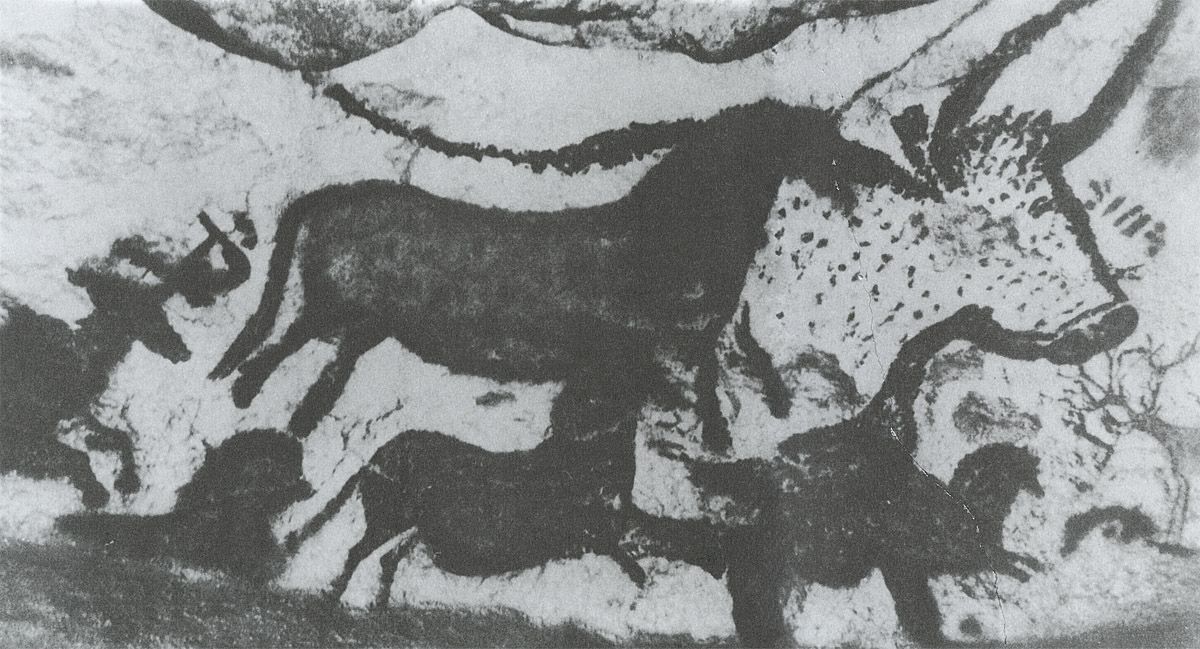
Prehistoric painting found in the caves of Lascaux.
At first, we have to consider drawing as an art whose purpose is to represent on a surface the figure of an object, whatever the technique used. Using products of fantasy, it also serves to express moods and spirituality, based on appropriate symbols. Its possibilities are enormous. Its language, like that of music, can be considered universal. Now, every artist must have a technique that he will learn through a series of progressive exercises and wich, in general, are within reach of everybody; but it also needs to be endowed with the artistic qualities to capture, represent and, if possible, create beautiful works. These qualities are not acquired, they are, by definition, innate.
The drawing appears to be linked to the human being from time immemorial and it would not be risky to affirm that the first trials of men in the art of drawing are part of the first cultural manifestations of humanity. The term to draw comes down to describing with extreme meticulousness, what the human word, above all things and despite its immense greatness, cannot express. That is why we can also speak of drawing as a revelation, insofar as it can make us perceive recondite aspects of things. It is, sometimes, an escape valve for certain personal experiences that arise spontaneously through the features of the drawing, when this is not limited to being a simple natural copy of an object. Not in vain we give so much importance to the drawings of children because of their psychological content in the purest humanist line.
Within the panorama of the Fine Arts, drawing occupies a position of preference where ever the layout of the spaces is something fundamental; for this reason it is irreplaceable in architecture, sculpture and painting, with the exceptions that may be imposed by non-figurative painting or sculpture, which, however, can benefit from its expressive possibilities by applying the canons of linear perspective and a sense of relief with the appropriate play of light and shadows.
A simple trait on paper or a fortuitous spot can evoke images or arouse emotions. There is an easy explanation because our memory does not archive complete things in all their details and many of them can be completely muted. Looking at some vague strokes one can receive a definite impression, not because of the same traits but because of what the person affects deep inside. One can thus see a conjunction of possibilities that non-figurative art entails. One of the most attractive aspects of art is, precisely, this power to open up new horizons to the contemplation of the human spirit. When art offers us a structured image, complete and indisputable, it arouses the emotion of the sense of beauty in front of the perfect, or the veneration in front of the beloved, like portraits, historical facts or hagiographic representations. But when the artistic work breaks the boundary of the figure, it stimulates our fantasy and throws the imagination into other areas, so great that the human word is often unable to express it.
In front of a drawing we are not content with the simple external formal perfection, which after all is the result of a mechanical, a technique perhaps sharpened by an accurate sense of observation. We always want to see in it the presence of spirituality, something indefinable, which is the splendour of the flame of personal genius. An elementary figure at first sight, it can contain a huge expressive load and a great deal of spirituality, while the surcharge with which many craftsmen decorate their works can drown with their foliage authentic great flames. We always want to see, then, the fusion of the two elements: mastery and material perfection in the drawing and the stamp of personal originality that comes directly from the true artist.
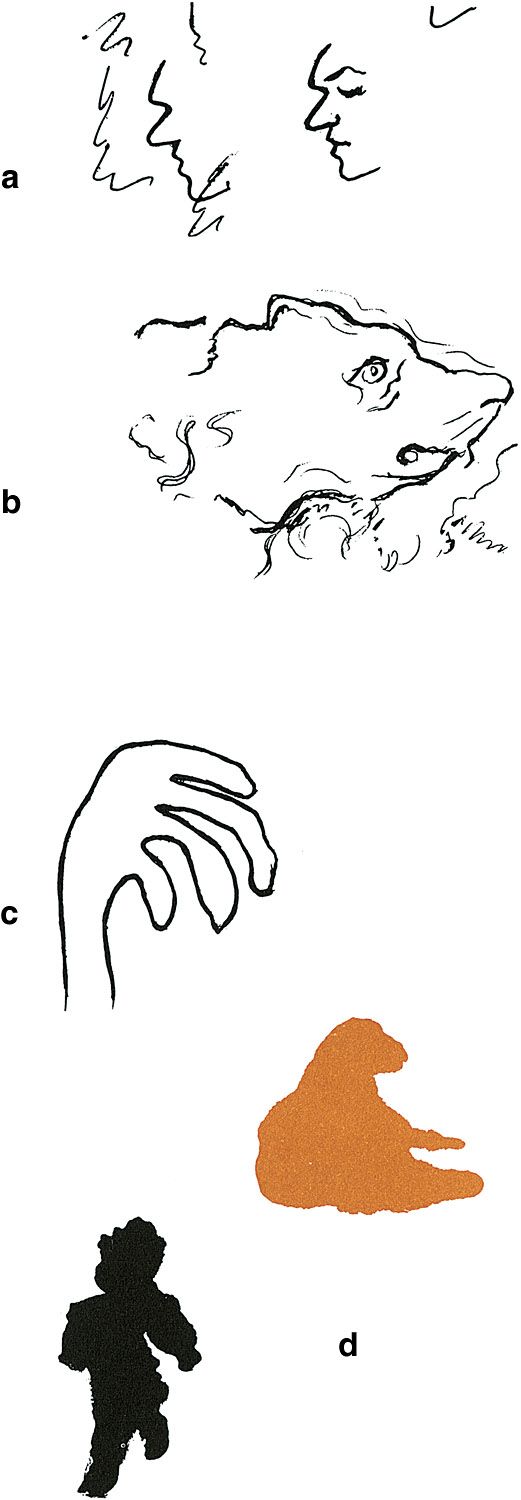
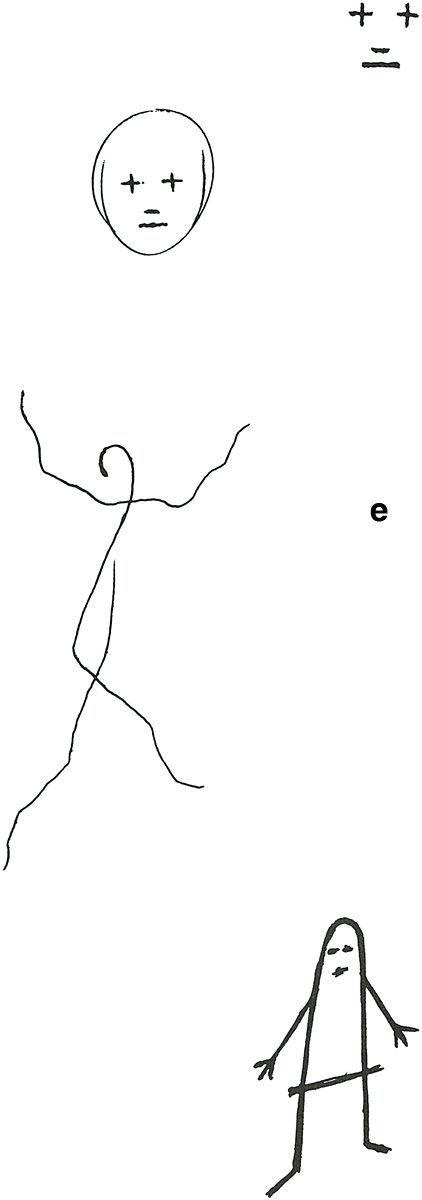
Perfect drawing is the work of geniuses but geniuses do not abound. There is no need to wait, then, for an abundance of perfect works in the domains of art. All in all, drawing is an art in which all temperaments can participate as means of personal expression, which although they do not reach great heights, do not lack interest. For everything that expresses human experiences has immediately a certain interest. And even if it is not used as a vehicle for personal expansion, there is always the possibility of evaluating, analysing, tasting and assessing the content of artistic works produced by others better equipped or more determined. Many people have spent unforgettable moments, pencil in hand, letting their fantasy run over the cardboard, or contemplating what others have expressed. Children, on the other hand, do so with enviable ingenuity and spontaneity.
Font size:
Interval:
Bookmark:
Similar books «A Complete Guide to Drawing»
Look at similar books to A Complete Guide to Drawing. We have selected literature similar in name and meaning in the hope of providing readers with more options to find new, interesting, not yet read works.
Discussion, reviews of the book A Complete Guide to Drawing and just readers' own opinions. Leave your comments, write what you think about the work, its meaning or the main characters. Specify what exactly you liked and what you didn't like, and why you think so.

